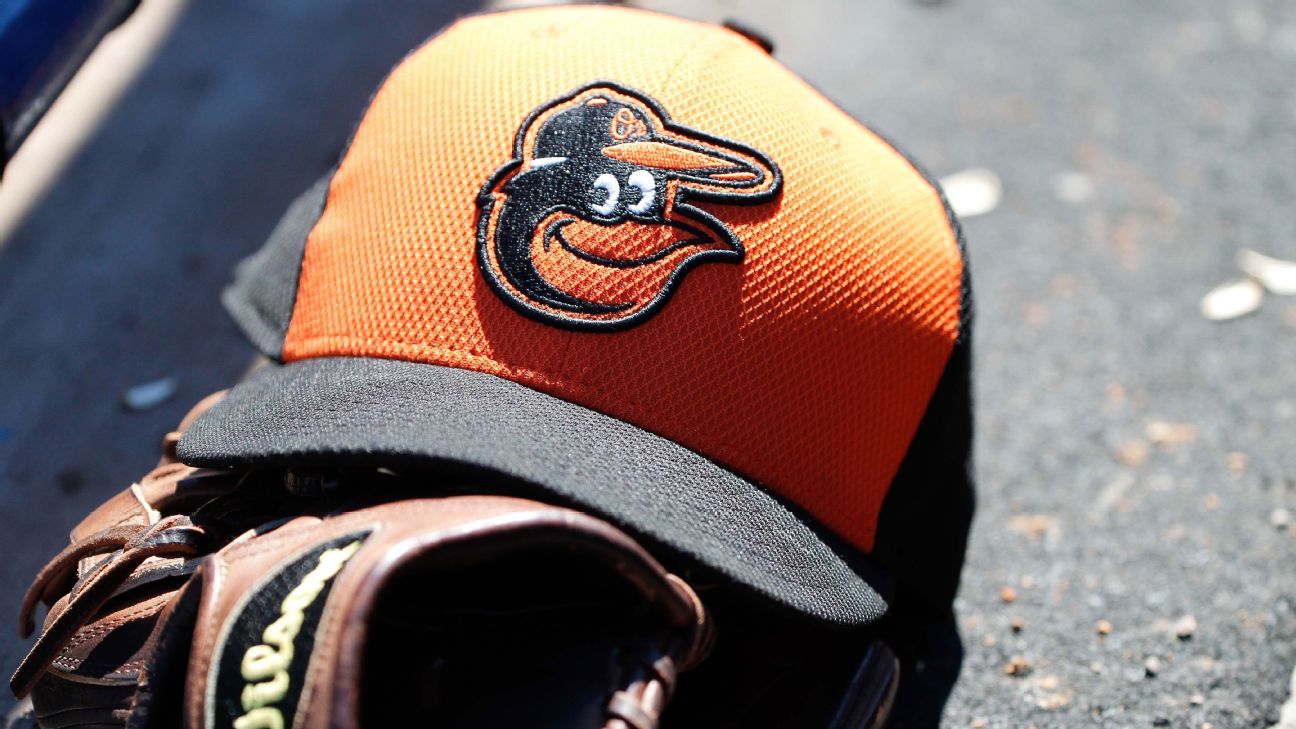
INDIANAPOLIS – The 54th annual Louis Schwitzer Award was presented to eight engineers for their engineering excellence in developing the Aeroscreen for IndyCar, which protects the driver from airborne debris.
The awardees included Ed Collings, Red Bull Advanced Technologies; Antonio Montanari, Dallara; Stefan Seidel, Pankl Racing Systems; Craig McCarthy, Aerodine Composites; Brent Wright, PPG; Marco Bertolini, Isoclima; and Bill Pappas and Tino Belli from IndyCar.
BorgWarner and the Indiana Section of the Society of Automotive Engineers International gave the award, along with a $10,000 prize, to the engineers. The award recipients have decided to donate the prize money to SeriousFun Children’s Network.
The Louis Schwitzer Award honors engineers who innovate new concepts to improve competitive potential, with a focus on new technology with applications in the engine, powertrain, profile, chassis or safety, and that adhere to the NTT IndyCar Series specifications. Judges aim to recognize advancements that increase performance, safety or efficiency.
“A lot of the emphasis for the Indy 500 is put on who will take home the coveted Borg-Warner Trophy, but we think it’s just as important to highlight the significant efforts of the engineers behind the scenes who continue to innovate impressive technologies for the NTT IndyCar SEries,” said Frédéric Lissalde, president and CEO, BorgWarner Inc. “With safety being at the forefront of everything we do at BorgWarner, we’re pleased to see this group of award winners honored for bringing a creative and functional safety solution to the racing industry.”
Implemented by IndyCar for the 2020 season to protect the driver from airborne debris, the Aeroscreen is designed to withstand up to 28,100 lbs (125 kN) of vertical and lateral static loads and survive the impact of a 2.2 lb (1 kg) projectile fired at 220 mph (354 kph). A key benefit of the technology is that it has no optical distortion and does not interfere with the driver’s sightlines. Additionally, it allows for ‘straight up’ driver extraction in case of a back injury and is interchangeable with all Dallara DW12 chassis systems.
Consisting of an additive manufactured titanium top frame, a titanium-reinforced carbon fiber lower frame and a clear laminated polycarbonate screen, the top frame prevents large objects from entering the cockpit. Similarly, the lower frame stiffens the cockpit opening and provides attachment points for the top frame and screen, and the screen deflects smaller debris away from the cockpit.
The Aeroscreen is the result of a worldwide engineering collaboration between IndyCar and Red Bull Advanced Technologies (United Kingdom) for the structural design; Dallara (Italy) for the aerodynamic design; manufacturers Pankl Racing Systems (Austria) for the top frame; Aerodine Composites (U.S.) for the lower frame; and PPG (U.S.) and Isoclima (Italy) for the screen.
“Since the first call to Red Bull Advanced Technologies to the implementation of the Aeroscreen, there has been a dedicated group of engineers both internally and at our partners working tirelessly,” IndyCar President Jay Frye said. “The countless hours that the entire team and paddock put into making our drivers safer on the racetrack have already paid dividends as we saw last month in Iowa. Thank you to BorgWarner and the Indiana SAE for their longtime and continued support of this prestigious award.”
Beyond celebrating engineering excellence, the award memorializes Louis Schwitzer, who won the first auto race at the IMS in 1909 and designed the “Marmon Yellow Jacket” engine that powered the Marmon “Wasp” to victory at the first Indianapolis 500 in 1911. After founding Schwitzer Corporation in 1918, Schwitzer led the IMS technical committee and maintained a strong association with SAE throughout his career. BorgWarner acquired Schwitzer Corporation in 1999 to expand BorgWarner’s turbocharger, engine cooling systems and other offerings.















 Phone: (800) 737. 6040
Phone: (800) 737. 6040 Fax: (800) 825 5558
Fax: (800) 825 5558 Website:
Website:  Email:
Email: 






